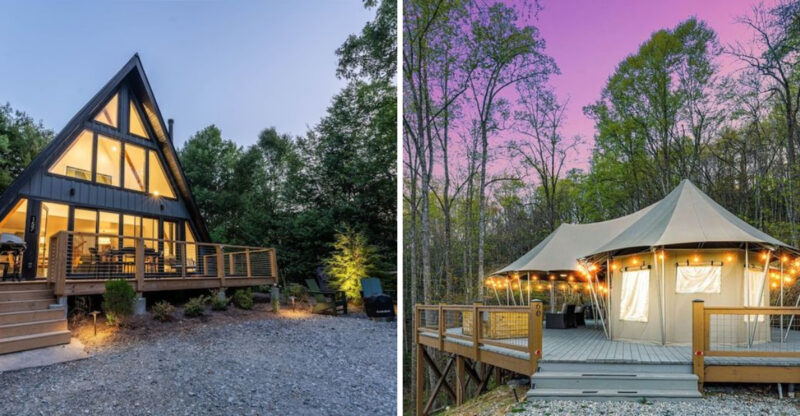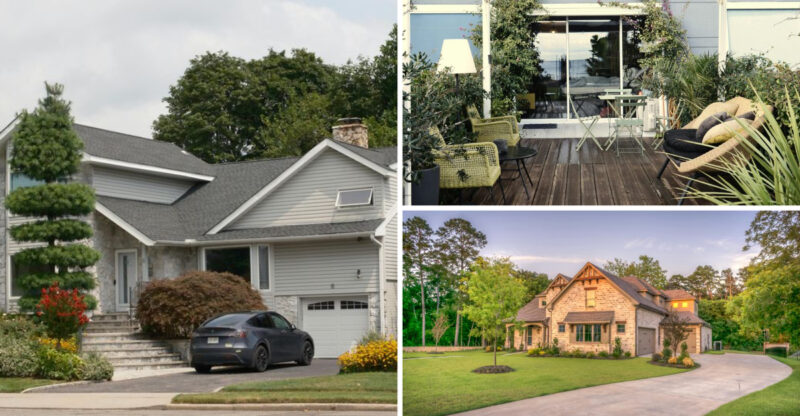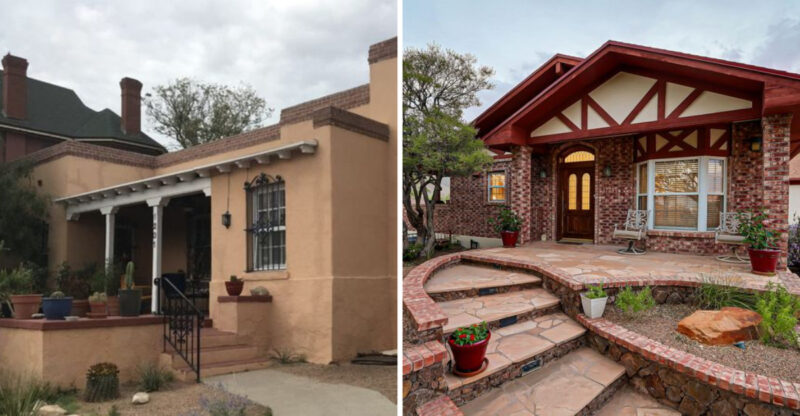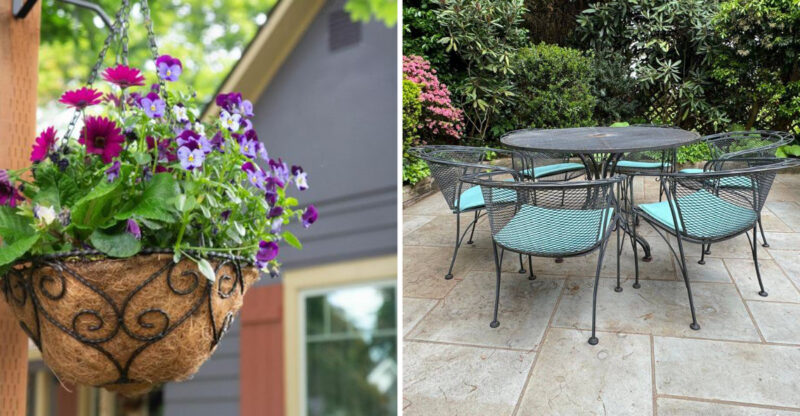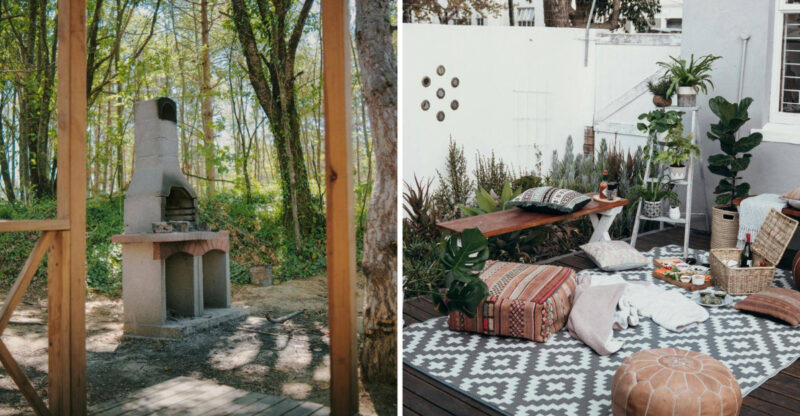7 Timeless Exterior Design Styles Seen On Detroit’s Historic Streets

Walking through Detroit’s historic neighborhoods is like flipping through a living architecture textbook.
These streets showcase some of America’s most beautiful home designs, each telling stories of different eras in the city’s rich past.
From elegant Victorian mansions to sturdy craftsman bungalows, Detroit’s architectural heritage reflects both national design trends and the city’s unique industrial history. Let’s explore seven distinctive exterior styles that have stood the test of time on Detroit’s historic streets.
1. Colonial Revival
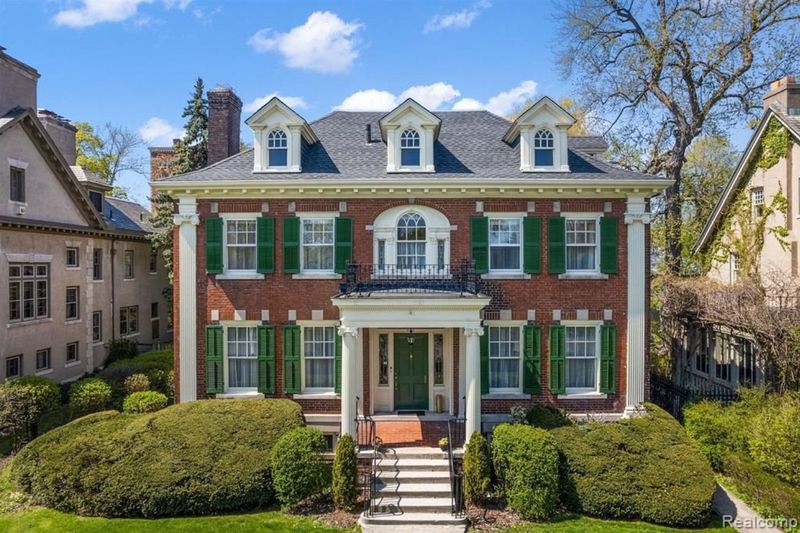
Symmetry reigns supreme in Detroit’s Colonial Revival homes, which became wildly popular after the 1876 Centennial Exhibition sparked renewed interest in America’s architectural roots. These dignified dwellings typically feature centered front doors with decorative pediments, evenly spaced windows, and stately columns that give them a formal, balanced appearance.
Many fine examples can be spotted in Boston-Edison and Indian Village, where wealthy auto industry executives built impressive homes during the early 20th century. The style’s clean lines and classical proportions provided the perfect canvas for displaying prosperity without ostentation.
Colonial Revival homes often incorporate red brick or white clapboard exteriors, black shutters, and multipane windows timeless elements that continue to influence modern home design throughout Michigan.
2. Tudor Revival
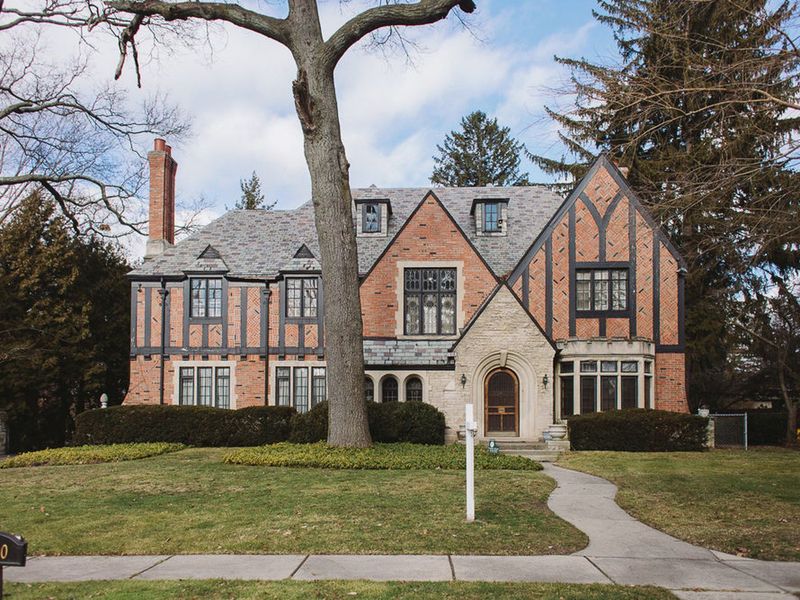
Half-timbering patterns create instant drama on Detroit’s Tudor Revival homes, mimicking medieval English construction techniques with dark wooden beams set against stucco or brick. These romantic structures gained tremendous popularity during the 1920s and 1930s, particularly in affluent neighborhoods like Palmer Woods and Sherwood Forest.
Steep, multi-gabled rooflines define the Tudor silhouette, often complemented by arched doorways and grouped windows with diamond-patterned leaded glass. The style’s picturesque quality appealed to Detroit’s growing middle and upper classes during the automotive industry boom years.
Stone accents, elaborate chimneys, and rounded doorways complete the old-world charm of these homes. Their fairy-tale appearance stands in fascinating contrast to the industrial might that funded their construction.
3. Queen Anne

Whimsical and elaborate, Queen Anne homes transform Detroit’s historic streets into showcases of Victorian exuberance. These architectural confections feature asymmetrical facades, wraparound porches, and towers or turrets that create distinctive silhouettes against the Michigan sky.
Did you know Queen Anne was actually the most popular residential style in America between 1880-1900? In Detroit, Brush Park once contained so many ornate examples it earned the nickname “Little Paris.” Though many were lost to neglect, surviving homes display incredible craftsmanship through their spindle work, fish-scale shingles, and decorative brackets.
Multicolored paint schemes highlight the style’s intricate details, with some historic Detroit examples featuring three or more complementary hues. These homes reflect an era when architectural ornament was considered essential to beauty.
4. Italianate
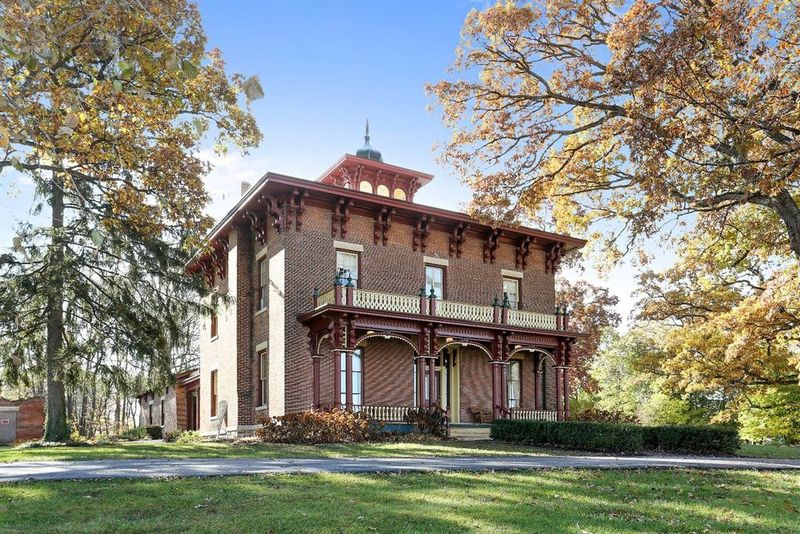
Low-pitched roofs topped with decorative brackets create the distinctive silhouette of Detroit’s Italianate homes, inspired by the farmhouses of northern Italy. This elegant style arrived in the city during the mid-19th century, with spectacular examples still standing in Woodbridge and Corktown neighborhoods.
Tall, narrow windows with elaborate hoods draw the eye upward, while many Detroit Italianates feature imposing cupolas that once served as lookout points and natural cooling systems. The style’s popularity coincided with Detroit’s growth as a shipping and manufacturing center before the automotive boom.
Ornate front porches supported by slender columns provide gracious entry points to these homes. Their balanced proportions and refined details represent a sophisticated alternative to the more flamboyant Victorian styles that followed.
5. Romanesque Revival
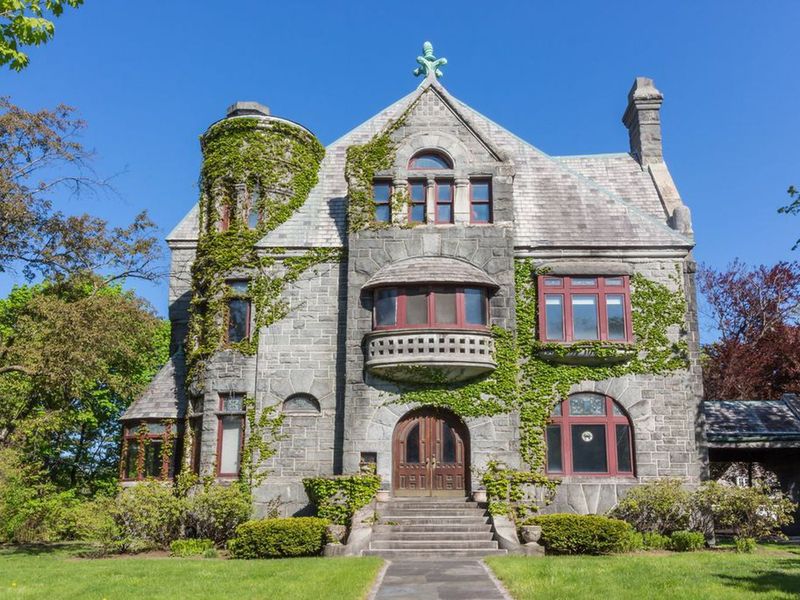
Massive stone arches immediately identify Detroit’s Romanesque Revival buildings, which draw inspiration from 11th and 12th century European architecture. This commanding style was particularly popular for churches, public buildings, and grand homes between 1880-1900, coinciding with Detroit’s emergence as an industrial powerhouse.
Architect Henry Hobson Richardson’s influence is evident in many Detroit examples, which feature round arches, squat columns, and rough-faced stone walls that convey permanence and strength. The style’s imposing scale made it perfect for the city’s growing collection of civic buildings and wealthy industrialists’ mansions.
Many Romanesque structures incorporate decorative elements from multiple periods, including Byzantine-inspired carvings and Gothic-influenced towers. Their fortress-like appearance stands as testament to Detroit’s confidence during its rapid expansion years.
6. Shingle Style
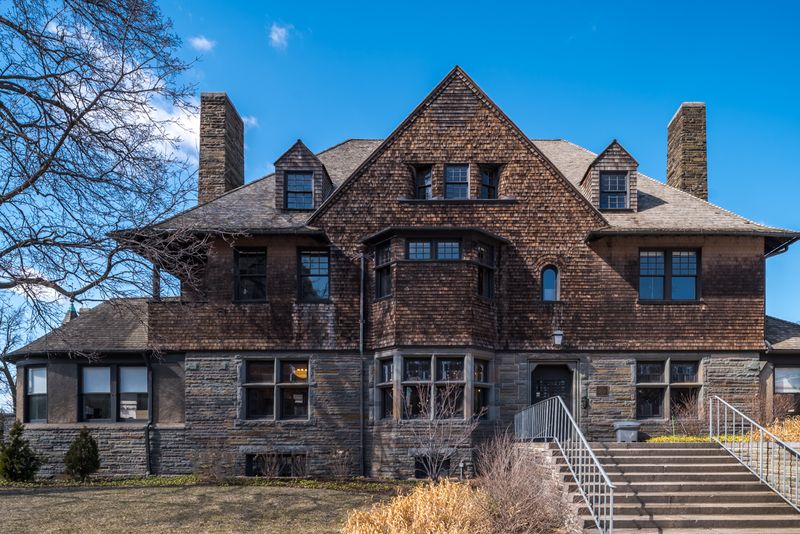
Cedar shingles wrap Detroit’s Shingle Style homes like a protective skin, covering walls and roofs to create a unified, organic appearance. This distinctly American style emerged in the 1880s, blending Colonial Revival’s symmetry with Queen Anne’s complexity into something more relaxed and naturalistic.
Unlike more formal styles, Shingle homes in neighborhoods like Palmer Park feature asymmetrical designs that seem to grow naturally from their surroundings. Wide porches blur the line between indoor and outdoor spaces, while subtle details like eyebrow dormers add character without fussiness.
The style’s emphasis on natural materials and craftsmanship aligned perfectly with Detroit’s Arts and Crafts movement. Though less common than other historic styles in the city, surviving examples showcase the warm, unpretentious elegance that made Shingle Style a refreshing departure from Victorian elaboration.
7. Bungalow/Craftsman
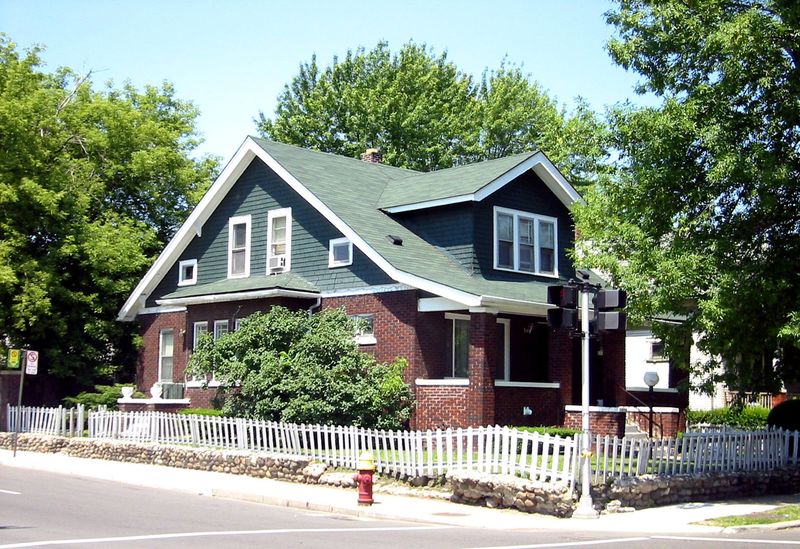
Hand-crafted details define Detroit’s beloved Craftsman bungalows, which offered affordable, beautiful housing for the city’s growing middle class during the early 20th century. These homes feature low-pitched roofs with wide eaves, exposed rafter tails, and substantial tapered porch columns that showcase the style’s emphasis on honest materials and visible construction.
Neighborhoods like University District and Aviation Subdivision contain charming rows of these practical homes, built during Detroit’s population boom as the automotive industry exploded. Their front-facing gables, built-in cabinetry, and natural woodwork represented a deliberate move away from the ornate Victorian styles.
Many Detroit bungalows incorporate locally-sourced materials like Pewabic tile, connecting them to the city’s artistic heritage. Their human scale and connection to nature made them perfect for families seeking the American dream in Motor City.

